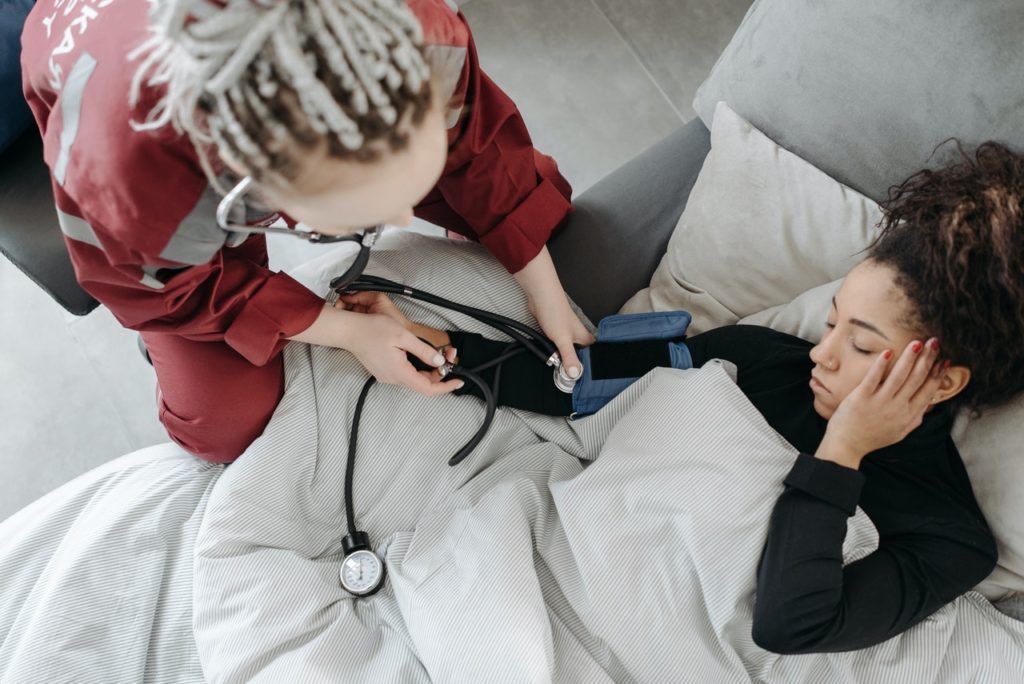After a scathing report from the CFPB came out this month highlighting medical debt, the three major credit reporting agencies have agreed to clear paid medical collection accounts starting in July 2022. This is a major shift in policy, and one of the largest scale in impact since the middle of the last decade.

Paid Medical Collection Accounts. What Does this Mean for Consumers?
There have been many hot takes on what this will mean for consumers. What it really means is if you paid of your collection account as it relates to medical debt, the credit reporting agencies will no longer report the debt. This is great news, and an important improvement. There have been really solid advancements since the Biden administration has come in and rejuvenated the CFPB.
Beware of any articles that claim instant credit score improvements. Every situation is different. If you have more than one collection account, your credit score might not rebound at all. Credit scoring is a puzzle in and of itself. Additionally, confusing articles like this article from CNN make it appear that DEBT is being remove. This is not the case. The debt itself is still the consumers responsibility.
Here is What it You Need to Know:
If you have an unpaid medical debt, it will not be remove until it is paid.
In the event you are paying on installments, it will continue to update as a installment collection until your complete those payments.
If you have a judgement associated with the medical collection, only the collection itself is removed. The judgment will stay on your file for the allotted time for that specific judgement.
If you have other collection accounts that are not medical, do not expect score improvement until the final collection account is removed.
American’s have over 88 billion dollars in collective medical debt, most of which is reporting within the 7 year guidelines set out by the FCRA. This change will mean nearly 70% of that will no longer report. Making sure the debt is paid is still the most important part of this change.
This article was last updated on May 8, 2022